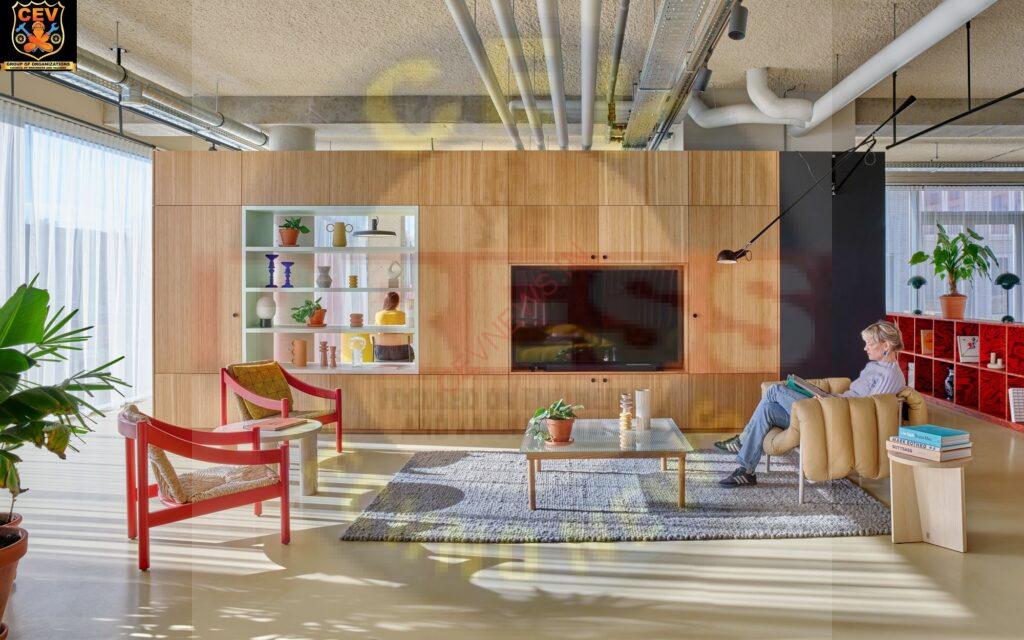CO-LIVING SPACES: RESHAPING CAPITALIZATION RATES IN RESIDENTIAL REAL ESTATE
Co-living spaces have emerged as a disruptive force in India’s residential real estate market, fundamentally altering traditional notions of housing and investment. This modern housing trend, characterized by shared living spaces and amenities, is not only changing the way people live but also impacting capitalization rates in the real estate sector.
Growing Demand for Co-Living Spaces:
- Changing Lifestyles: Urbanization and changing lifestyles have fueled the demand for flexible and affordable housing options.
- Millennial Preference: Millennials, seeking community living and hassle-free accommodations, are major drivers of the co-living trend.
- Affordability: High property prices and rental rates in urban areas make co-living a financially viable option for young professionals and students.
Impact on Capitalization Rates:
- Yield Compression: Co-living spaces typically offer higher rental yields compared to traditional residential properties, leading to compression in capitalization rates.
- Attractive Returns: Investors are drawn to co-living properties due to the potential for higher returns on investment compared to conventional residential assets.

- Stability: The stable demand for co-living spaces, especially in prime locations, contributes to stable capitalization rates and minimizes investment risks.
Challenges and Opportunities:
- Regulatory Hurdles: Lack of clear regulations governing co-living spaces poses challenges for investors and developers.
- Scalability: Scaling up co-living operations while maintaining quality standards remains a challenge for stakeholders.
- Tech Integration: Integration of technology for seamless management and operation of co-living spaces presents opportunities for innovation and efficiency.
Future Outlook:
- Expansion: The co-living market in India is poised for significant expansion, driven by increasing urbanization and the growing preference for shared living arrangements.
- Investment Potential: Co-living spaces will continue to attract investment interest, offering attractive yields amidst a dynamic real estate landscape.
- Innovation: Continued innovation in design, amenities, and technology will shape the future of co-living, further influencing capitalization rates in the residential real estate sector.
Co-living spaces are reshaping capitalization rates in India’s residential real estate market by offering higher yields, stability, and innovative living solutions. As the trend continues to gain momentum, stakeholders must navigate regulatory challenges and embrace technological advancements to capitalize on this evolving segment of the real estate industry.


